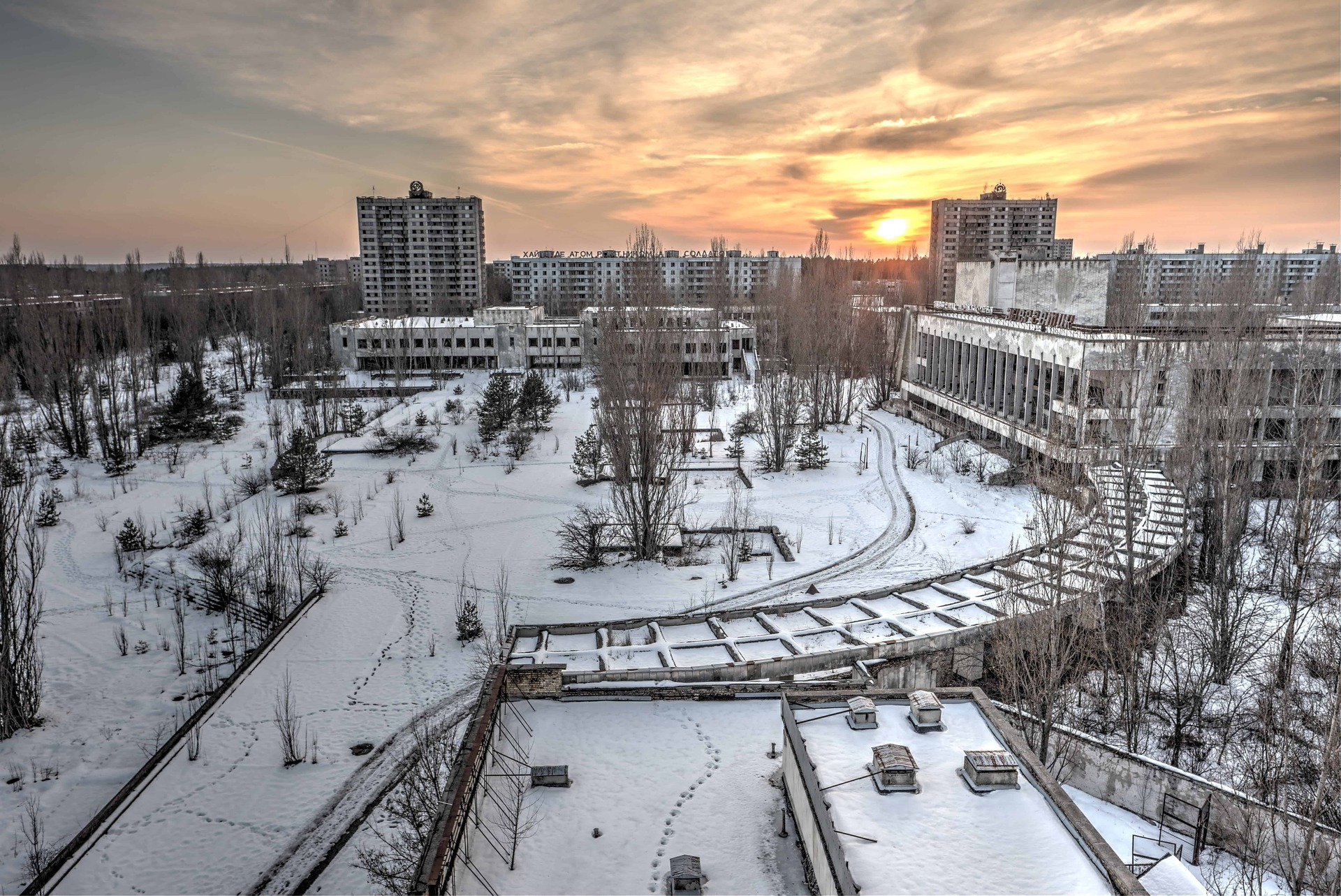Released in 2019 HBO miniseries “Chernobyl” made it vivid just how modest is the aggregate of Chernobyl knowledge of an average foreigner. Hold on a second, it's none of your fault - the Soviet empire did its best to minimize your knowledge of its nuclear failure. At your second thought you understand that there always was something in between Chornobyl and the outer world. Before it was the Iron Curtain, afterwards - the outstanding liability issues arising from the accident’s aftermath - these are the factors that caused such a poor acquaintance of an average foreigner with the catastrophe. Three decades after for many people of the West Chornobyl story remains as shown by the Soviets - one-sided. But what is there on the other side of the coin?
Good illustration of the imbalance is the example of Polischuky ethnographic group, whose land Polissya hosted the collosal machine and the disaster caused by it in 1986. Chornobyl region is in the heartland of natural and historical region - Polissya - that Ukraine shares with Belarus. Sure you’ve heard plenty about the dramatic Pryp’iat exodus. How rapid and well organized was the evacuation of 45`000 denizens of the elite town built exclusively for Soviet atomic industry employees. But you barely heard anything about evacuation of the other victims. And yet only in Ukrainian Soviet Socialistic Republic they were twice as much - over 90`000. Who they were?
They were Polischuky villagers from an area about 2`000 km2 surrounding the brand new atomic town. Polissya is home for one of the two parents to Ukrainian national identity - the forester. The other parent inhabited the middle current of Dnipro - the steppe. It is at the intersection of these two lifestyles that Ukrainian nation was born centuries ago.
We at GAMMA want to enable you to explore the other side of the coin, the whole story, to give you wider humanitarian perspective and deeper historical context of Chornobyl disaster.
What if we offer you to see Chornobyl with the eyes of Polischuky? Would you dare to? Them, true people of Chornobyl region, still living in their dear woodland, in their log cabins heated with firewood stove, much as their ancient slavic ancestors did and exactly as they themselves did back in 1986. Old Polischuky songs, legends, recipes and even some prechristian pagan rituals still make part of their lifestyle.
Scattered around by the blast, Poluschiuky came back shortly after to resettle in their own cabins. Soviet state instantly labeled them “self-settlers”, like some aliens. By irony they are salt of the earth. The last true Polischuky of Chornobyl Polissya. True masters of the woodland.
They are a few. Their hair is grey. Their years are old. Their numbers are ever shrinking. Their dialect fades out in the villages adjacent to the Zone. And yet the first thing that strikes you about them is their optimism - equally sheer and contagious. We at GAMMA keep in touch with all self-settlers. We support them and will welcome or even encourage you to do the same should you decide to meet one of the aborigines on your tour. A self-settler normally lives many miles away from any store or pharmacy, thus they are always grateful for support. Normally we liaise on your behalf with a self-settler prior to a visit to learn their current first need. We never come with an empty heart. You’d be surprised by the number of things in common you'll find between strangers from the non-Soviet world like yourself, and these radioactive land hermits. Talking to Polischuky in their cabin, time flies, but you can always count on our guides. Not only will they serve you as ethically aware interpreters, but also keep track of your visit and will politely let you know when it's time to leave. Afterall self-settlers are 70-90+. They get exhausted pretty quickly so it is important to stay modest and to end the visit at the right time.
We know all of them. Please find a list of some we can introduce you to as well as those to meet whom you are forever late.
The Southern Trace
Paryshev Village
Ivan Ivanovych Semeniuk lived in the village of Paryshiv. After the accident he was evacuated to Borodyanka region. Galvanized with Chornobyl radiophobia, locals did not accept Ivan`s family. After commissioning of the so-called “Sarcophagus” Ivan and his wife Maria came back to native village. He got employed as a security guard in Chernobyl. Later he retired. Maria passed away several years ago. Ivan passed away in 2020.
Hanna Zavorotnia lives in the village of Kupovate. She was evacuated to Kopyliv and came back illegally to her house short after the evacuation. She was married and had a child. Her child passed away at the age of 2 and her husband passed away a long time ago.
Baba Maria lives in Kupovate. She is a cousin of Hanna and Sonia. She has children and grandchildren who live in Kyiv and come to visit her often. Her husband passed away.
Baba Julia lives in village Kupovate and looks after her son. They were evacuated to Kopyliv and come back to their village short after the evacuation because they didn’t have a good place to live and people were not nice with them.
Yevgen Fedorovich lives in Chernobyl town with his wife. He used to be a labor teacher in Chernobyl school. He was evacuated to Kyiv and he still owns an apartment there. But he doesn’t like living in a city and that’s why came back few years after the evacuation. He has children and grandchildren.














